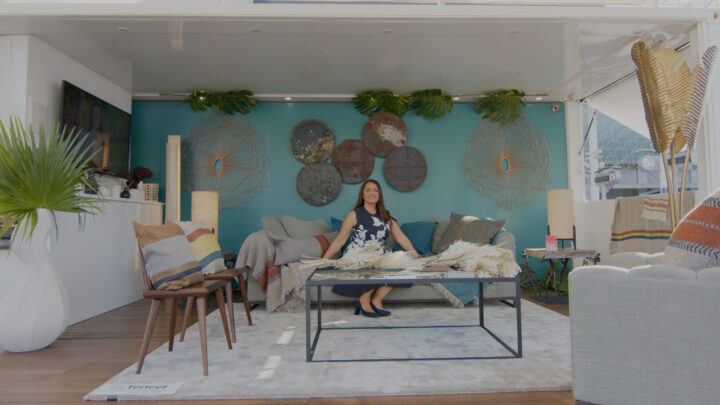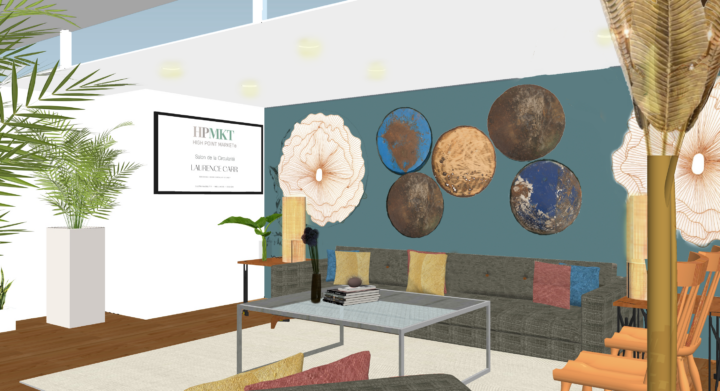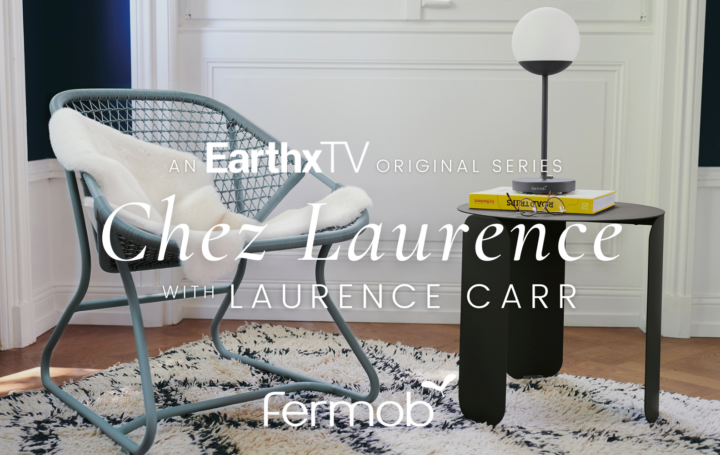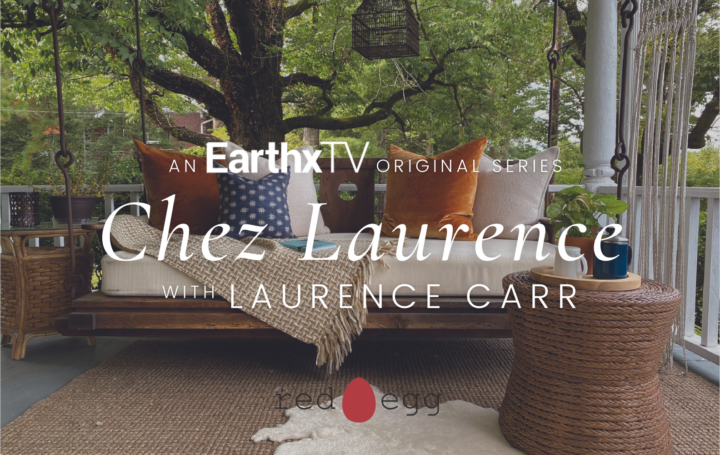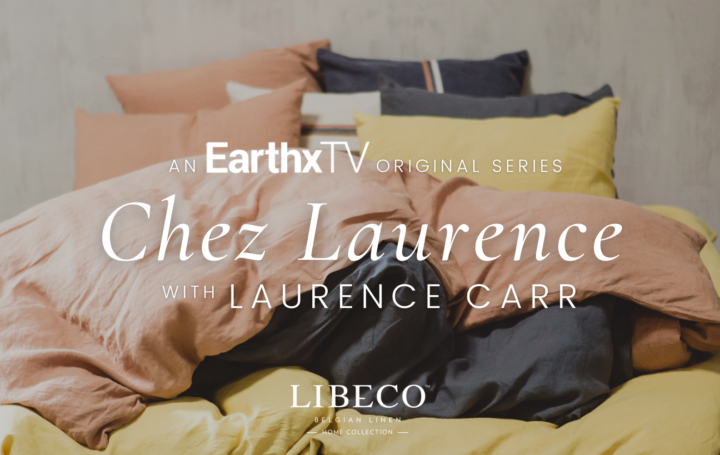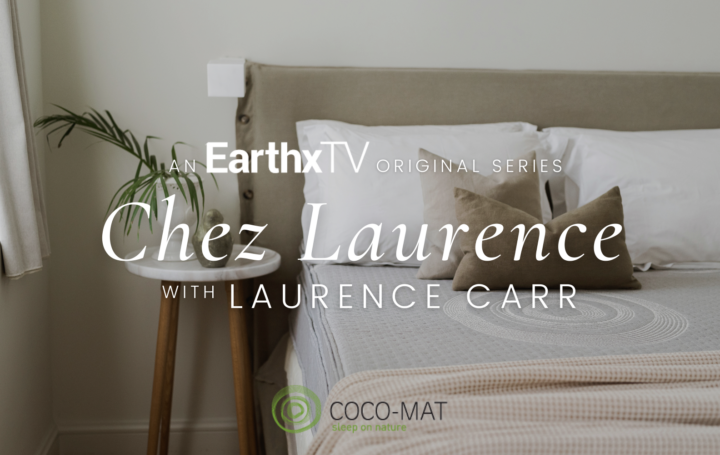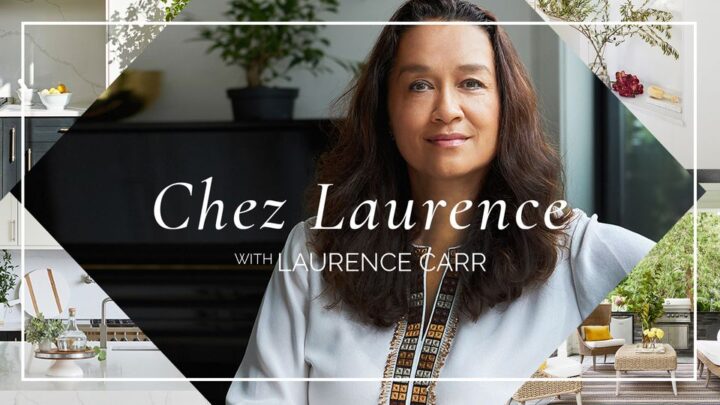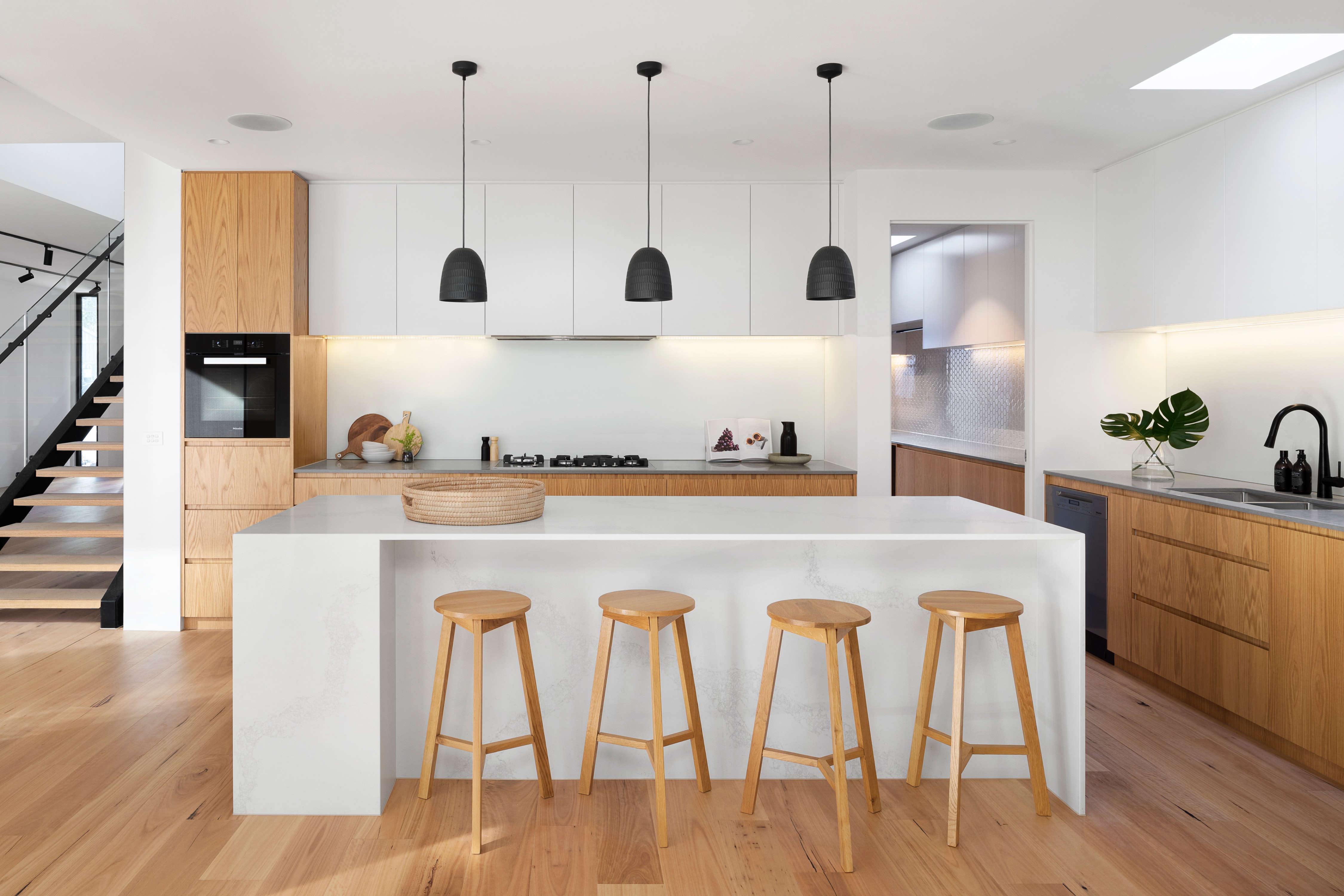
As a born creator and patron of the arts, I have spent time as a professional ballet dancer, singer, stage director, and fashion event manager. Each of these work experiences combined with my multicultural background, my studying at Parsons The New School for Design and working with top interior designers, play a part in every design I execute.
Today, I am recognized for my application of wellbeing principles and ancient practices, biophilia, and metaphysics in high-end residential interior design.
Creating luxury interiors with mindful living and harmony is my passion, but it’s also my job, proving that outstanding design comes from a place of real understanding of process, flow, and a heart for exquisite aesthetics.
In a recent blog post, I wrote about tech that puts the homeowner or manager of a corporate space in the design driver’s seat. Certainly, these apps have disrupted the industry, but they have also encouraged individuals to see the role of a designer as wholly unnecessary, creating the false illusion that working with a designer is a luxury, not a necessity.

This widespread misconception is the result of a misunderstanding of what a great designer actually does, and how these services don’t stop at making a space pretty. An interior designer’s services are just as important as that of an architect.
Through optimizing flow, enhancing functionality, a designer provides your home with a heart and soul, which can transform your life.

I do not wish to discredit those with an eye for the elegant and alluring. There certainly are individuals who have the innate ability to choose decorative items for a home that are balanced and to create uniformity in design. However, the ability to maximize these additions to your interiors and pair them with flow that will optimize the space, promote healing energy, and replenish the soul, requires a great deal of training and experience.

Think of it this way. An architect designed your home, apartment, or corporate space with specific goals in mind. Among other things, those goals may have included space-saving and budgetary concerns. These goals do not align with the notion of optimizing your living experience or how you will interact with your home. That’s where a great interior designer comes in, picking up where the architect left off.
If you used an architect to build your home creating optimal flow, to meet needs you mapped out, and to increase overall well-being, even taking ancient practices into consideration, why stop there? Sliding your old furniture into a space that is well constructed is settling for a job half-finished, leaving an abundance of happiness, replenishment, and beautiful energy on the table. Simply put, an interior designer’s role in the way you interact with your space is a vital one.

Now that you understand the importance of working with an interior designer, how can you make sure that you will get the most out of your work together? Here are several tried and true steps you can take to maximize your experience and optimize results.
1. Figure out your budget.
Take time before you dig into the project details to figure out what you are able to spend. This will dictate many of the choices you and your designer make.
2. Thoroughly think through your project.
Is this a straightforward interior design project, or are there architectural needs that must be met? If you are unsure, make a list so you will be able to ask those you interview whether it falls under their scope of work.
3. Learn how to articulate your design style.
This one can be tricky because, of course, you want your home to be beautiful, but what design elements do you love? What colors speak to you? What functions are absolutely essential for each room to serve? If you need help isolating your style, check out our free e-mag via the opt-in below.

4. Find an excellent designer with great references.
Don’t just hire anyone claiming to be a designer on Craigslist. You will regret that decision. Do your due diligence, browse the internet, and ask your friends and acquaintances for recommendations. When you’ve found a few designers that may work well with you, make sure to leave time to interview each and view their portfolios. You want to get along with your designer, so be sure to pay attention to how your interaction plays out.
5. Once you lock in a designer, be prepared to have open, honest discussions.
Discuss the design style and budget ceiling you’ve nailed down, and be adamant if there are specific things you’d like updates on or about how much involvement you’d like to have.
6. When seeking holistic healing from your environment, be prepared to discuss those goals.
A replenishing environment is key, and if what you are looking for is an oasis from the stressors of everyday life, an open, honest dialogue about your goals and what relaxes you is key. Allow your designer to educate you on some ancient techniques and openly communicate how you believe these can work best for you.
7. Trust your interior designer.
Yes, it is important for you to articulate your vision and to feel as though your wishes are being respected and taken care of, but you must remember that you’ve hired this designer for a reason. He or she is a professional. Work toward total trust. After all, if you’ve hired the right person, you’ll have nothing to worry about. In the end, he or she could provide ideas that add a major wow factor to your space.
In the end, an interior designer brings love and compassion to a project, leaving you forever changed by the environment you inhabit. Not only is it vital to find the right person to work with, it is important to be prepared to work well with that person, even if it means putting in a little legwork on the front end.

